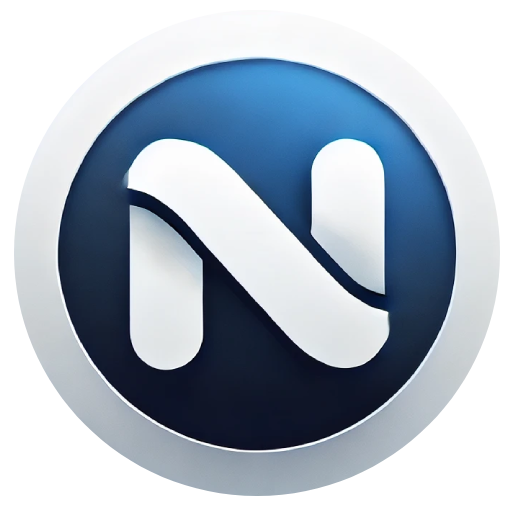In a seismic shift for the television industry, TiVo Corporation has quietly pulled the plug on its storied digital video recorder line, effectively ending an era that redefined how consumers interacted with broadcast content. As of early October 2025, the company’s official website has scrubbed all references to its hardware DVR products, including the once-revered TiVo Edge models designed for cable subscribers and over-the-air antenna users. Visitors searching for these devices now encounter a streamlined catalog that omits any mention of physical recording hardware, signaling a complete withdrawal from the retail DVR market.
This move culminates decades of gradual decline for TiVo’s hardware ambitions, which peaked in the early 2000s when the brand became synonymous with effortless time-shifting of television programming. Launched in 1999, TiVo’s DVRs introduced features like one-touch recording, commercial skipping, and intuitive search capabilities that made traditional TV schedules feel obsolete. At its zenith, the company boasted millions of subscribers, forcing cable providers and networks to adapt to empowered viewers who could pause live broadcasts or binge-watch at will. The TiVo Edge, introduced in 2021 as a hybrid device supporting both cable cards and streaming, represented the final evolution of this hardware legacy, blending OTA tuners with 4K support and expanded storage options. Yet, even as it garnered praise for superior interface design and reliability, sales dwindled amid the cord-cutting revolution.
The catalyst for this pivot appears rooted in broader market dynamics. Streaming services like Netflix, Hulu, and YouTube TV have eroded demand for standalone DVRs by offering cloud-based unlimited storage and on-demand libraries, often at lower costs without the need for bulky set-top boxes. Cable companies, facing their own subscriber losses, have increasingly pushed proprietary cloud DVRs that lock users into ecosystem-specific rentals, sidelining third-party options like TiVo. Regulatory changes, including the phased-out support for CableCARD technology—essential for TiVo’s cable compatibility—further squeezed the viability of consumer hardware. Analysts have long predicted this trajectory, noting that TiVo’s retail DVR shipments had plummeted by over 80 percent since 2019, as consumers opted for smart TVs with built-in apps or affordable streaming sticks from Roku and Amazon.
With DVRs consigned to history, TiVo is redirecting its energies toward software-driven ecosystems that align with modern viewing habits. The company is doubling down on its TiVo Operating System (OS), a customizable platform now powering smart TVs from select manufacturers. This OS integrates live linear TV, streaming apps, and personalized recommendations into a unified interface, aiming to recapture the “TiVo magic” without the hardware hassle. Partnerships with TV brands are expanding, with recent integrations in mid-range models from Hisense and TCL, where the OS enhances voice search, universal remote control, and ad-skipping for on-demand content. Early adopters report smoother navigation across fragmented services, positioning TiVo as a behind-the-scenes orchestrator in the smart home entertainment space.
Equally ambitious is TiVo’s foray into automotive entertainment through AutoStage, a video streaming service tailored for in-vehicle infotainment systems. Launched in beta earlier this year, AutoStage leverages TiVo’s content discovery algorithms to deliver family-friendly playlists, podcasts, and short-form videos optimized for backseat passengers. Integrated with systems from Ford and Volkswagen, it supports offline downloads for road trips and parental controls to curate age-appropriate feeds. This automotive pivot taps into the growing connected-car market, projected to exceed 300 million vehicles by 2030, where downtime during commutes presents untapped viewing opportunities. By focusing on lightweight, cloud-synced software, TiVo avoids the manufacturing pitfalls that plagued its DVR days, instead licensing AutoStage to automakers for recurring royalties.
The implications for loyalists are bittersweet. Longtime subscribers, many of whom invested in lifetime service plans for their TiVo boxes, face uncertainty about ongoing support. Enthusiast communities online buzz with alternatives, from DIY OTA setups using Raspberry Pi devices to hybrid solutions pairing HDHomeRun tuners with Plex servers. For cord-cutters, the shift underscores a broader industry consolidation, where pure hardware plays give way to agile software layers.
Cord Cutters News has reached out to TiVo’s public relations team for clarification on the DVR delisting and future roadmap details but has not received a response as of press time. Industry watchers speculate that this silence masks internal restructuring, possibly ahead of further acquisitions in the streaming aggregation space. As TiVo evolves from a box-maker to a platform provider, it leaves behind a hardware icon that not only changed television but also inspired a generation of innovators. Whether AutoStage and the TiVo OS can reignite the spark remains to be seen, but one thing is clear: the pause button on DVRs has been pressed for good.
Please add Cord Cutters News as a source for your Google News feed HERE. Please follow us on Facebook and X for more news, tips, and reviews. Need cord cutting tech support? Join our Cord Cutting Tech Support Facebook Group for help.
